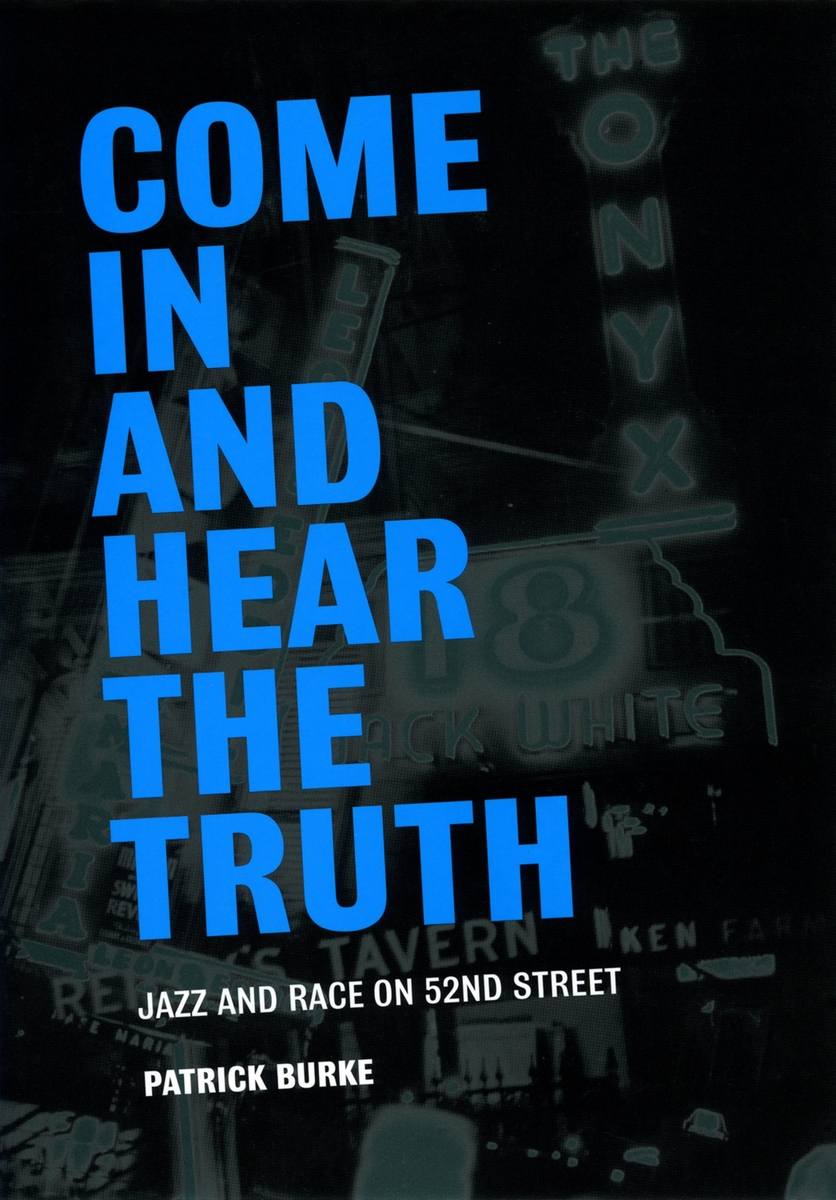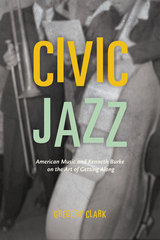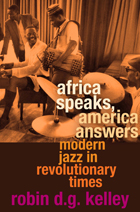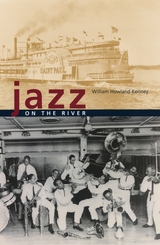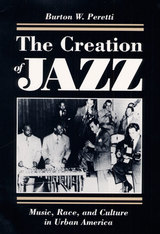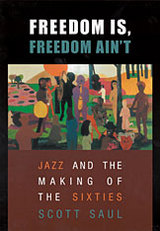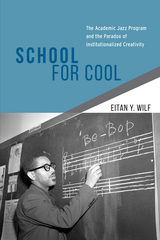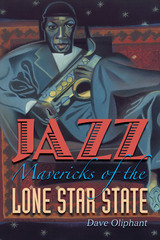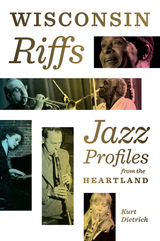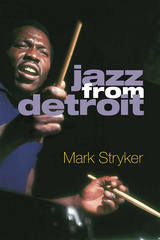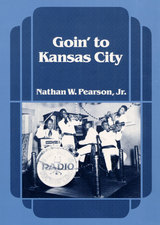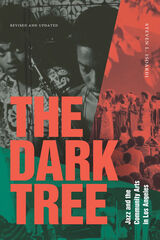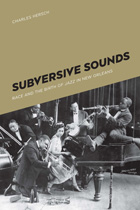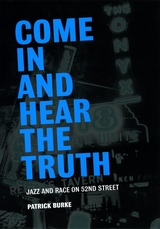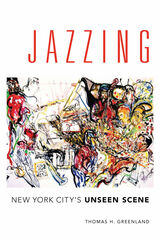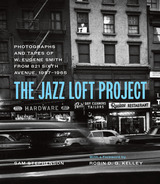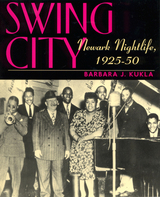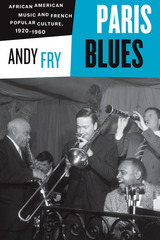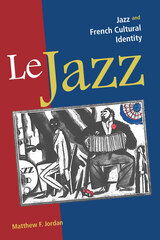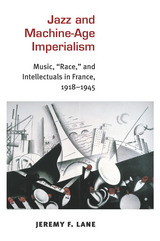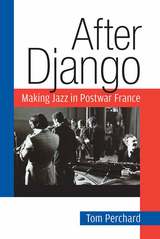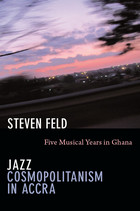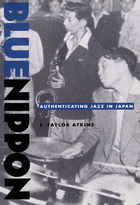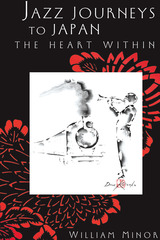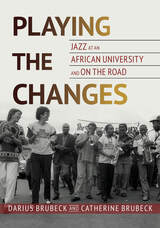Come In and Hear the Truth: Jazz and Race on 52nd Street
University of Chicago Press, 2008
Cloth: 978-0-226-08071-0
Library of Congress Classification ML3508.8.N5B87 2008
Dewey Decimal Classification 781.650974710904
Cloth: 978-0-226-08071-0
Library of Congress Classification ML3508.8.N5B87 2008
Dewey Decimal Classification 781.650974710904
ABOUT THIS BOOK | AUTHOR BIOGRAPHY | REVIEWS | TOC | REQUEST ACCESSIBLE FILE
ABOUT THIS BOOK
Come In and Hear the Truth uses a range of materials, from classic photographs to original interviews with musicians, to bring the street’s vibrant history to life and to shed new light on the interracial contacts and collaborations it generated.
Between the mid-1930s and the late ’40s, the center of the jazz world was a two-block stretch of 52nd Street in Manhattan. Dozens of crowded basement clubs between Fifth and Seventh avenues played host to legends such as Billie Holiday and Charlie Parker, as well as to innumerable professional musicians whose names aren’t quite so well known. Together, these musicians and their audiences defied the traditional border between serious art and commercial entertainment—and between the races, as 52nd Street was home to some of the first nightclubs in New York to allow racially integrated bands and audiences. Patrick Burke argues that the jazz played on 52nd Street complicated simplistic distinctions between musical styles such as Dixieland, swing, and bebop. And since these styles were defined along racial lines, the music was itself a powerful challenge to racist ideology.
Come In and Hear the Truth uses a range of materials, from classic photographs to original interviews with musicians, to bring the street’s vibrant history to life and to shed new light on the interracial contacts and collaborations it generated.
See other books on: 1941-1950 | Come | Jazz | Music and race | Truth
See other titles from University of Chicago Press
